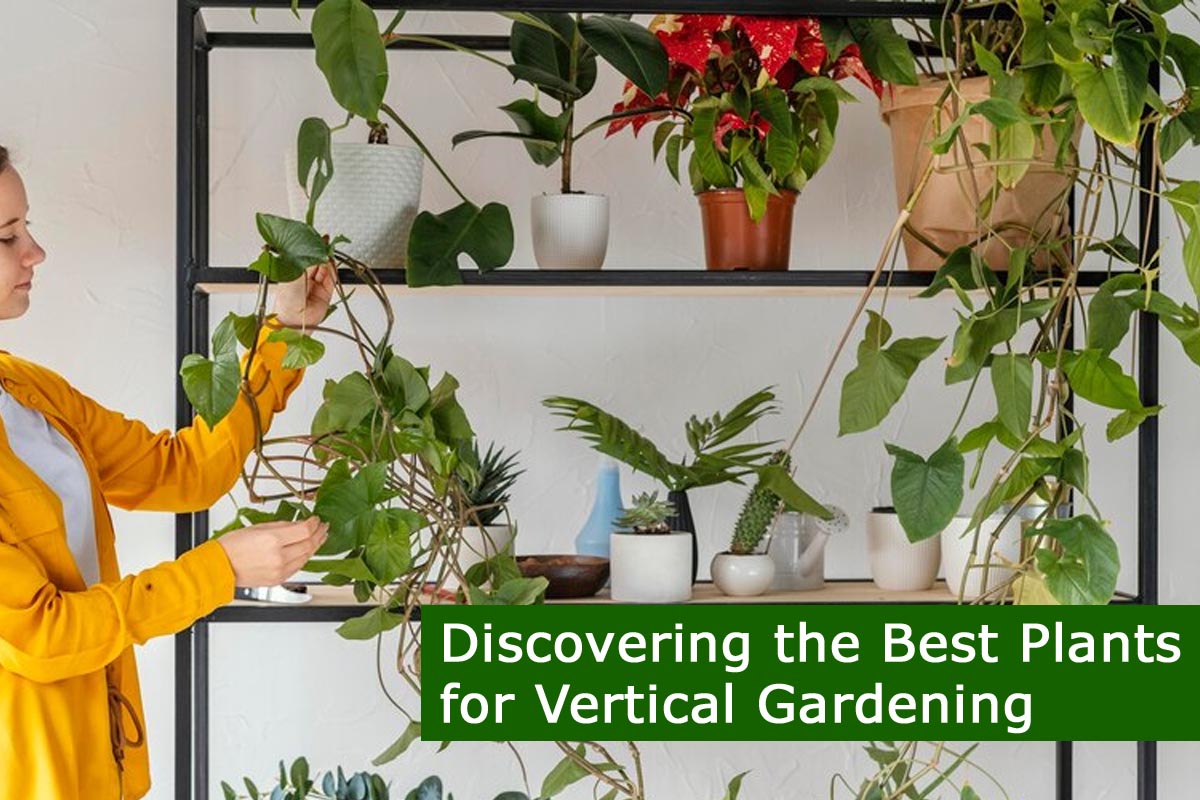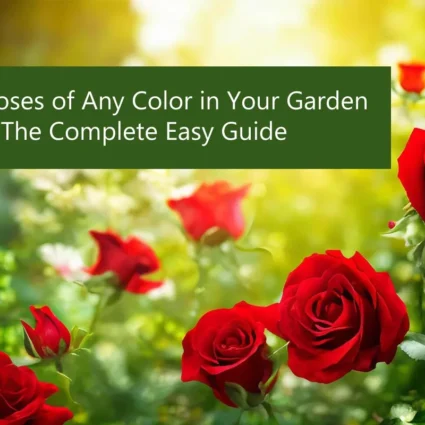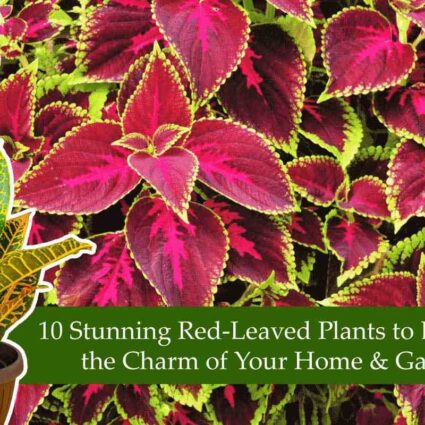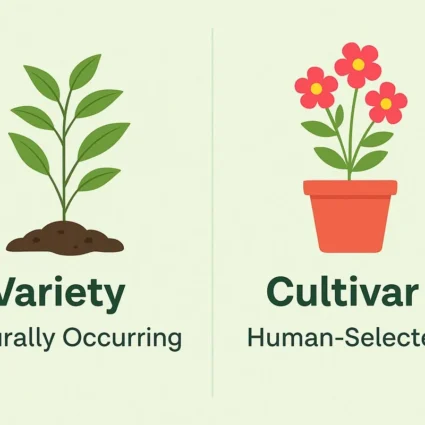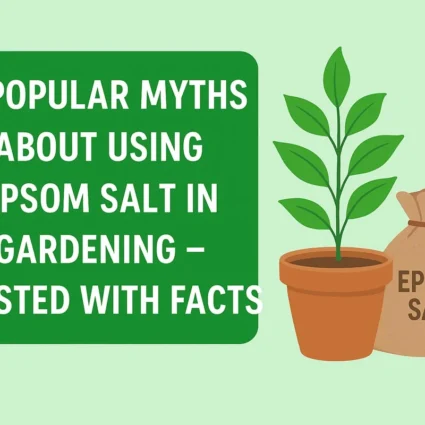Blogs
Provide Adequate Support:
Some plants may require additional support to climb and attach to the vertical structure. Use garden twine, wire, or plant clips to secure vines and stems as needed.
Monitor Watering Needs:
Check the moisture level of the soil regularly, especially during hot weather or when growing thirsty plants. Consider installing an irrigation system or using self-watering containers to maintain consistent moisture levels.
Prune Regularly:
Keep your vertical garden tidy by pruning excess growth and removing dead or damaged foliage. This will promote airflow and prevent overcrowding, reducing the risk of pests and diseases.
Fertilize Appropriately:
Apply a balanced fertilizer to your vertical garden periodically to replenish nutrients and support healthy growth. Follow the manufacturer’s instructions for dosage and frequency.
Also Read This :Summer Survival Guide: How to Keep Your Basil Plant Thriving and Hydrated
Vertical gardening opens up a world of possibilities for gardeners seeking to maximize space and enhance their outdoor or indoor environments. By selecting the right plants and following proper care techniques, you can create a stunning vertical garden that delights the senses and brings nature closer to home. Whether you’re a seasoned gardener or a beginner, experimenting with vertical gardening is a rewarding journey that allows you to unleash your creativity and green thumb.

